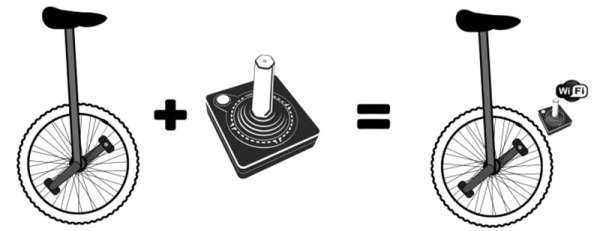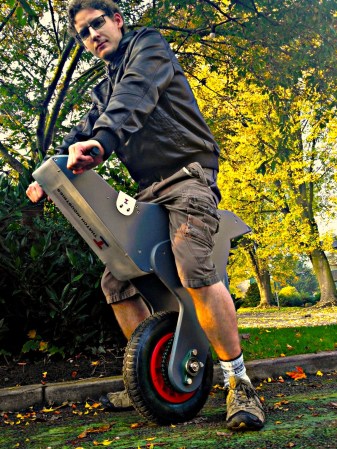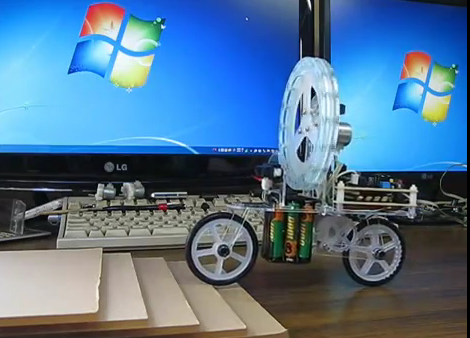Want something that you’ll try for fifteen minutes before realizing it’s extremely stupid and has limited utility before throwing it in the back of a closet to eventually sell at a yard sale? No, it’s not the Internet of Things, but good guess. I’m speaking, of course, about unicycles.
[retro.moe] is a unicycle and Commodore 64 enthusiast, and being the enterprising hacker he is, decided to combine his two interests. This led to the creation of the Uni-Joysti-Cle, the world’s first unicycle controller for the Commodore 64, and the first video game to use this truly immersive, better-than-an-Oculus unicycle controller.
The build began with the creation of Uni Games, the unicycle-enabled video game for the Commodore 64. This game was coded purely in 6502 assembly and features realistic physics, cutting edge graphics, and two game modes. It’s available on [retro.moe]’s site for the C64 and C128 jin PAL and NTSC formats.
Every game needs a controller, and for this [retro.moe] turned to his smartphone. A simple Android app with a few buttons to send up, down, left, and right commands to an ESP8266 chip attached to the C64’s joystick connector.
While a smartphone transmitting controller commands may seem like a vastly over-engineered joystick, there’s at least one thing a smartphone can do that a joystick cannot: poll an accelerometer. When the joystick senses movement, it transmits movement commands to the video game. Strap this phone to the pedal of a unicycle, and it’s the world’s first unicycle controller for a video game. Brilliant, and [retro.moe] can ride that thing pretty well, too.
Thanks [nfk] for sending this one in.
Continue reading “The Immersive, VR, Internet Of Things Unicycle”




 The project featured in this post is
The project featured in this post is 












